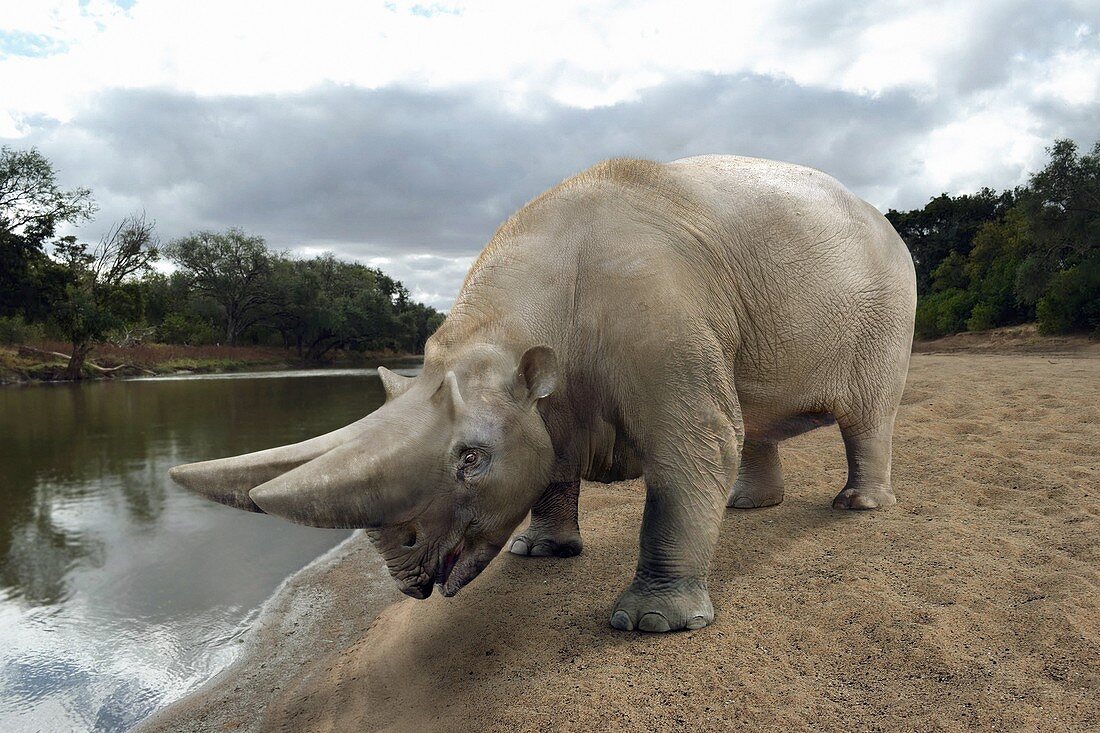Really? No connection at all? Loss of fur in mammals almost always having a connection to an aquatic lifestyle past or present is completely unwarranted as a parallel to human loss of fur?
The hairlessness of hippos as little to do with their aquatic lifestyle - they are herbivores, and it doesn't take a lot of speed to hunt down a stand of aquatic grass. They are mostly sedentary, and need to eat relatively little, considering their body weight. In other words, efficiency and streamlining in swimming is simply not a strong driver for evolution.
The primary reason they are hairless is the same as for the
other megafauna that hippos share the region with: elephants and rhinos. All three are huge, and all three are shackled by the square-cube law: an animal's mass is a
cube function whereas its surface area is a
square function. What that means is larger animals can't shed heat as efficiently as smaller animals.
The largest
furred tropical mammal tops out at 800kg. Everything above that is furless. If the African behemoths - elephants, rhinos and hippos, all well above 2 tonnes - were fur/hair-covered, they'd overheat, even standing still.
That's not merely a comparison of
superficial traits between disparate morphologies - such as you make between humans and hippos - that's a connection of
physical properties, at the
root cause driving all three: inescapable physics. The square-cube law is not conjecture; it is fact.
Don't be fooled by superfical similarities. Hippos and humans are not similar. Hippos, elephants and rhinos are - bio-physically - all in the same boat.




